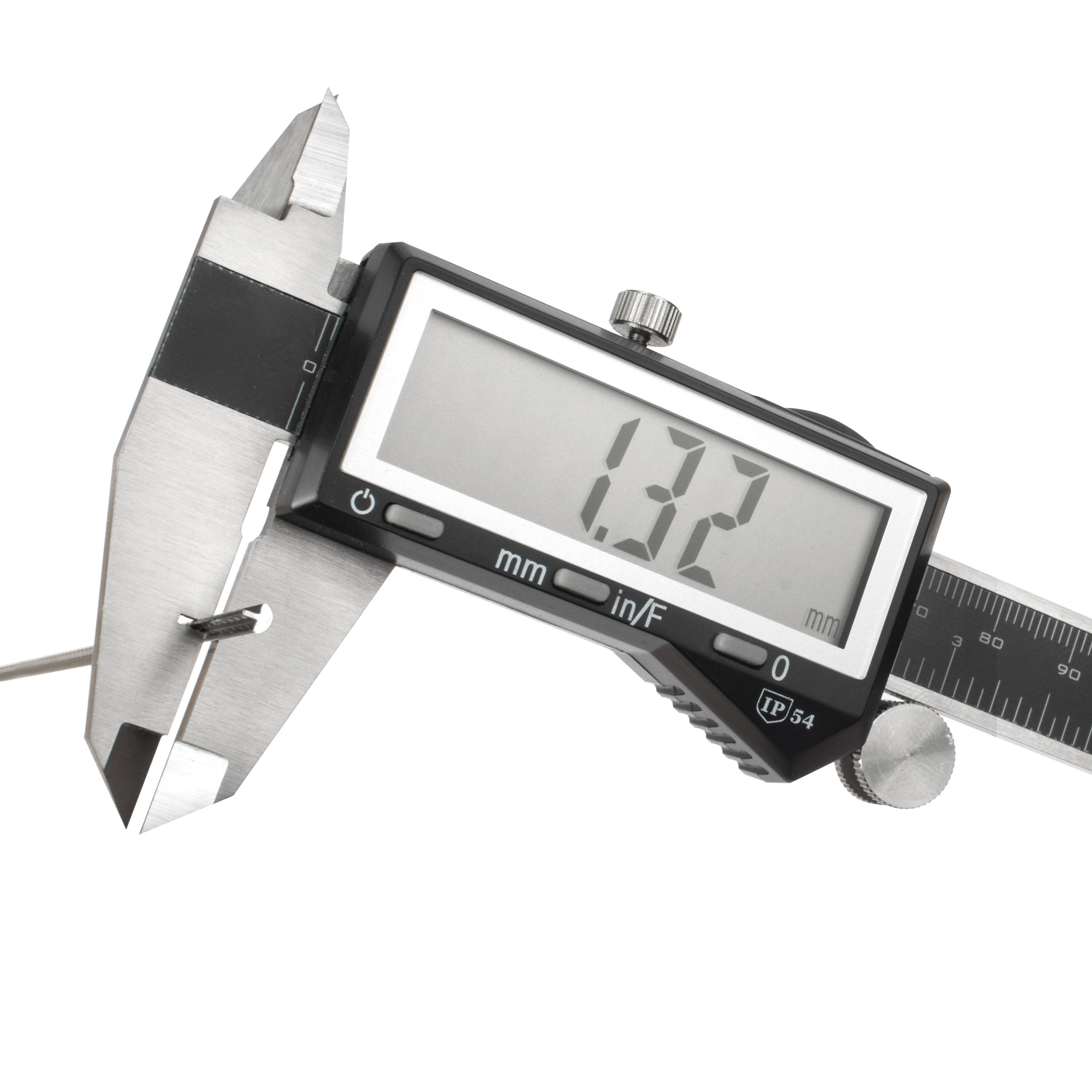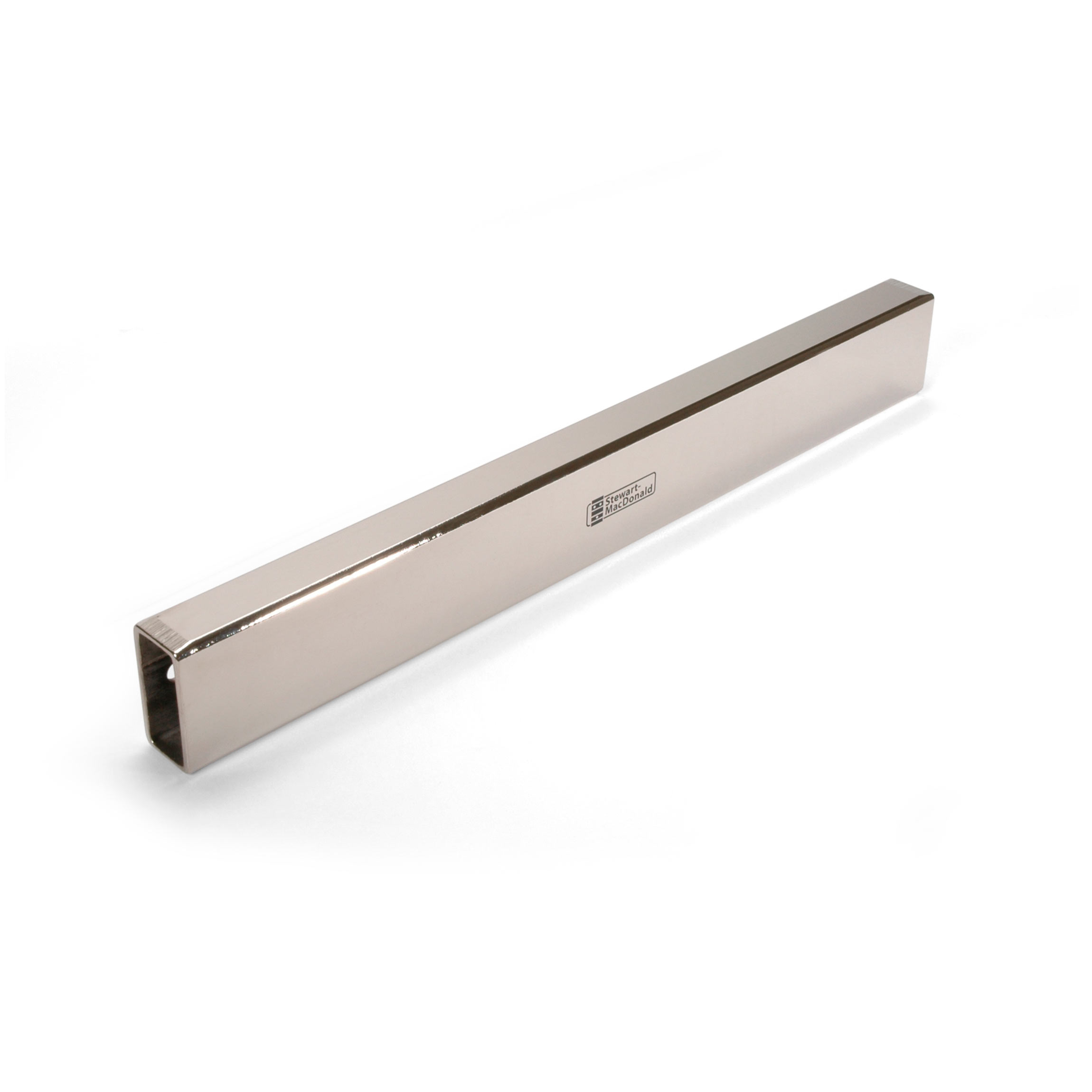Todd Rundgren’s "Foamy": should I refret it?
Issue 318 November 15, 2018
Todd Rundgren's guitar "Foamy" is in Erick Coleman’s shop for a... refret? That's the question. Erick considers whether the best solution is new frets or removing the wear from the ones in place.
- 30 years of gigging produces interesting wear patterns!
- The background on Foamy
- The question: pull the frets vs. level and dress
Video Transcription
[on-screen text reads: StewMac tools + ideas for guitarmaking]
The background on Foamy
Erick Coleman: Today we have a real cool guest on the workbench. This is Foamy. Foamy belongs to Todd Rungren. It's been his main guitar for the last 20 to 25 years. It's a privilege to have this one in the shop. I've seen pictures of it for years. Lots of videos of him playing it. It's a cool Strat-type thing, not a Fender, but definitely based on the Fender design. The guitar itself is a P-Project from Player Side. I had never heard of that manufacturer or that brand before, so I did a little looking on the internet and found out that this company was closely related to Fernandes. Fernandes is well known for their Fender-type instruments and have been making them for many, many years now. It's a high quality guitar for sure. It's got some bumps and bruises from 30-plus years of playing.
Interesting wear patterns from 30 years of gigging
But overall, it's an excellent condition. The frets are huge. It's got very large frets, but they have some pretty heavy wear. You see some pretty heavy divots in the frets there. And then this is kind of cool, right about the 12th fret. The fingerboard starts to just roll over really nicely. So it's from years of just going up and down the neck and playing. He's worn in that fingerboard to fit his hand. On the base side of the fingerboard, from where he picks, he's actually worn away the wood in between these top frets. That's always nice to see. That kind of player where... Now I'm going to strum on it a little bit and see how this thing plays.
[Erick plays Foamy]
Pull the frets vs. level and dress?
Regardless of the worn frets, it plays really, really clean. It's just a good worn in feel. They thought maybe the guitar needed a refret, which would mean putting bigger frets on, having to do a little bit of sanding on the fingerboard to get the frets to seat correctly where it's all worn out on the upper register there. Would have to shim the nut after that a little bit to add the extra clearance over the first fret. All of that would potentially change the feel of this guitar that Todd Rungren has been playing for many, many years now. That's the last thing in the world I want to do as a repairman. Be the guy to change the feel of an instrument and potentially ruin it to its owner. So, the frets are worn and that does affect the intonation points, so something will need to be addressed.
But I'm steering away from doing a complete re-fret, and I think my approach is going to be to lower all of these frets to the lowest point, which looks like it's on the second fret here. And these frets are pretty tall. It look like they still have a lot of life in them. So, let's check out their height and see if that's even going to be feasible. On the bass side, the low E, the very last fret. Hardly anybody's playing up there, so that's usually the least worn fret out of the bunch. And that gives me 45 thousandths of an inch.
And at the lowest worn spot, I'm getting right at 40. It's five thousandths of an inch difference. It's not a lot at all when you think about how small that measurement actually is. So here's my only worry about leveling and dressing these frets out is the nut. It's got a locking Floyd-style nut. There's no room to go any lower without some kind of major surgery happening here. So, if for some reason I feel that the string action is just a little high after I do the level and dress, then I'm going to have to do a re-fret. And I really don't want to do a re-fret on this thing, especially after I took the time to do a level and dress. So, keeping my fingers crossed and I hope it's going to pan out. Let's go.
[Todd Rungren "Kind Hearted Woman" song playing in the background]
Leveling the frets
Okay, with the guitar in the Erlewine Neck Jig, put into the playing position I can get an accurate reading of what the neck is doing and what the string height currently is. And I want to be able to reset it up to the same action that Todd is familiar with in order to keep it playing the way that he knows this guitar to play [on-screen text reads: Notched Straightedge - stewmac.com]. So, that's that. I'm blueing my fret tops, and when I sand on these frets, as I remove more material, it'll remove the blue ink as well. That's when I know that I've reached that lowest point that I'm shooting for. Start leveling on these frets [on-screen text reads: Fret Leveler - stewmac.com]. I've got my 16-inch bar. I've got 400-grit sandpaper on there [Erick is working the Fret Leveler up and down the frets].
You can see now where the low spots are. You can see where the fret is getting flattened out by me leveling it. So eventually, there's not going to be any more blue spots on there. We're chasing them down. Now, had I used 320-grit, I probably would've been there by now [on-screen text reads: 3M Stickit Abrasives - stewmac.com], but I like the idea of going slower and spending less time polishing. Super close. And I'm going to stop right here. I'm to the point now where these frets are level in what will be the center of the crown and the remaining portion of these divots will be ground away during the reshaping process.
And then one other quick thing that I like to do, give it a couple strokes with the radius block [on-screen text reads: 8" Radius Block - stewmac.com], just to make sure that the radius didn't change in my leveling or anything.
Re-crowning the frets
Now we're going to recrown these guys. Once again, I'm going to re-blue the fret. It takes a lot of work to recrown a fret that you took that much material off of. The large 3-corner file [on-screen text reads: Large 3-Corner Fret Dressing File - stewmac.com], the can't saw. I use that to hog off the bulk of the material for each fret, and then I fine-tune the shape with the wide side of the Centered Z-file.
And then chase the ends with the Fret End Dressing File. Okay, you're around this edge and we are done. So between these three files, I got the job done. And I'll be honest with you, that took a long time. These frets are huge. They're 120-wide by almost 50 thousandths tall. And just removing a little bit that I needed to take off to level these frets meant that I had to spend a whole lot of time reshaping the top of that fret too around.
Polishing the frets
So now, I'm going to polish these guys [on-screen text reads: 3M Flexible Polishing Papers - stewmac.com]. And this is where I'm going to leave them. Now I'm going to peel this tape, going to restring this guitar and we're going to see where we're at.
[Erick plays Foamy]
Okay. I'm still going to tweak the setup a little bit, so I'm going to do that after this. But I just wanted to see how it played. And overall, it's looking great. The strings are at the perfect height, after removing just the little bit of material that I needed to off of the tops of the fret. So I'm glad that we went the route that we did. I spent a little extra time crowning and reshaping the frets than I really wanted to, but it was the lesser of two evils there. And so, this guitar plays great. I have a feeling Todd's going to love it. Looking forward to sending it back to him.




